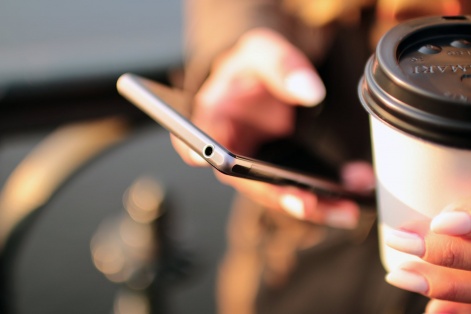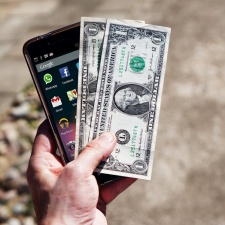Due to strict industry regulations, banks and financial brands have to be extra careful with marketing messages. Because of this, social media and influencers have not always been high on the agenda.
However, a growing trend in influencer partnerships among financial organisations appears to be building a more personal connection with banks and consumers. But how do you make finance more human? And how do you drive interest around the industry among young people?
Switching on a digital generation
Every brand wants a slice of the millennial pie. The marketing segment (roughly aged between 25 and 34) spends money quickly, digitally and often, frivolously. But, entering adulthood in the blowup of the 2008 financial crisis, they also have less financial assets and wealth than older generations. Along with younger cohort Generation Z (born from the mid-1990s to early 2000s), these two consumer categories are of huge interest to financial services.
A massive educational overhaul is needed to guide younger generations in topics such as budgeting, borrowing, investing and getting a mortgage. One way brands are connecting with consumers is by finding influencers to tell their own stories around these financial-based life events.
Tesco Bank’s human touch
Tesco Bank is a brilliant example of this. In 2017 the British retail bank published a campaign that focused on financial topics related to its products. The brand worked with a string of established influencers, from ‘mummy’ bloggers to money-saving experts, to create genuinely useful content its readers could trust.
Parent and lifestyle blogger Jo Middleton (Slummy Single Mummy) worked with the bank to produce a listicle of budgeting tips ‘that really work’, while blogger Charlotte Taylor (Write Like Noones Watching) shared her experiences and tips for managing joint finances as a couple for the first time.
The guides thoroughly humanised the brand and appealed to young people who could relate to the younger influencers. Content was linked to on the blogger’s own platforms (in blog posts themselves and social media), so that Tesco Bank could extend its reach even further.

It’s not easy - staying authentic, human and building trust while promoting a complicated, uber-regulated financial industry such as banking. But it can be done. Whether a bank is looking to promote a new service or raise brand awareness, increasingly savvy influencer marketing tells stories - it doesn’t try to sell products or services directly. Focus on an influencer’s personal experience in finance, especially money milestones such as buying a house or opening a business.
Monzo mania
One brand that’s revolutionising banking right now is Monzo. The personal finance app is entirely mobile-based, showing your balance in real time, as you spend it (on your ridiculously cool hot coral card). This community-centric approach has succeeded in driving engagement and acquisition by using a new kind of influencer - peers.
In an interview with Mashable in 2017, its CEO Tom Blomfield told the publication:
“From the very early days we wanted to do a couple of things differently. One was involve our community in basically everything. Second is being really transparent about everything, whether it’s a product road map or around our license application, or plans for the future, or ATM charging. Community and transparency seem to go hand in hand.”
It’s a word rarely used in finance, but Monzo has made banking sexy. From its emoji-use to the aesthetically-pleasing cards, it’s even inspired chat-up lines in pubs. The banking solution is more like a cool private members’ club than a stuffy financial corporation, with users flashing their cards on Instagram with hot coral manicures to boot.
If financial services are to rise ahead of the new world of banking, companies must harness the power of personalisation, brand love, real life and honesty. And to do that, influencers are solid gold.















